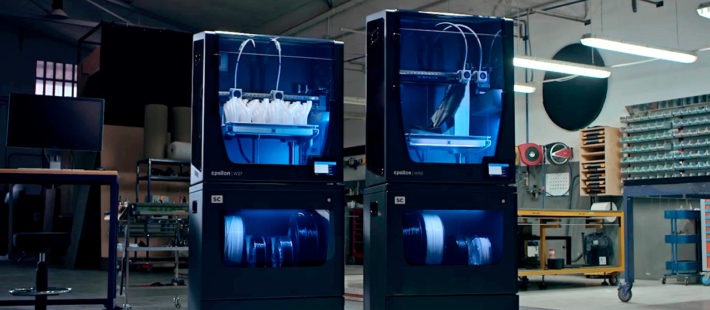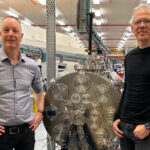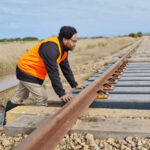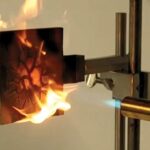

Il peso dei satelliti spaziali può rendere costoso il raggiungimento dell’orbita terrestre bassa (LEO). Se ne sono rese conto le aziende australiane che hanno dovuto fare i conti con i fornitori di lancio che fatturano i carichi utili al chilogrammo. È emersa quindi la necessità di utilizzare strutture più leggere, ma al tempo stesso robuste, per resistere in ambienti spaziali con temperature estreme….

The structural acrylic adhesives ARALDITE®2080 and ARALDITE®2081 from Huntsman have been developed to ensure high strength and lower flammability than traditional methyl methacrylate-based products. For most applications, they require minimal surface preparation and ensure good adhesion performance on different substrates (plastic, composites and metal) along with rapid curing at room temperature….

Un gruppo di ricercatori dell’Università del Queensland del Sud, sotto la guida del dottor Wahid Ferdous, sta studiando come sostituire le traverse ferroviarie in legno per i ponti con un nuovo materiale costituito da fibre composite e materiali di scarto. Il governo dello stato del Queensland e il produttore di traverse in cemento Austrak hanno finanziato il progetto attraverso una borsa di ricerca per l’industria….

Analizzando le proprietà dei nuovi ritardanti di fiamma per materiali compositi, i ricercatori del laboratorio Advanced Fibers dell’Empa, centro svizzero per lo studio dei materiali avanzati, sotto la guida di Sabyasachi Gaan, hanno elaborato una tecnica che permette di rendere recuperabili le resine epossidiche, il cui limite di riutilizzo è intrinseco alla natura di materiali termoindurenti, ossia polimeri altamente reticolati che, una volta induriti, non possono essere sottoposti nuovamente a fusione senza carbonizzarsi….
Refitech Composite Solutions innova i propri processi produttivi, installando una macchina CNC a cinque assi per la finitura di componenti compositi, che si aggiunge ai sistemi già operativi a tre assi. La nuova strumentazione consentirà di eseguire la lavorazione di forme 3D ancora più complesse in modo completamente automatico, ad alta velocità, garantendo una qualità elevata e una riproducibilità perfetta, in vista dei volumi di serie….

